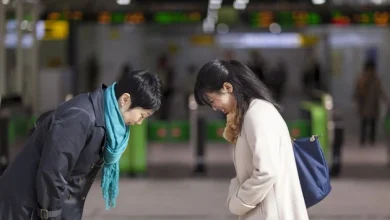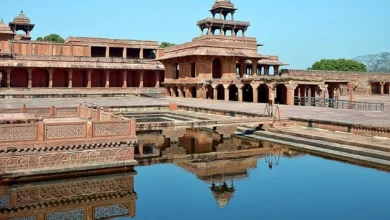The sea urchin is dangerous to humans:14 interesting facts about sea urchins
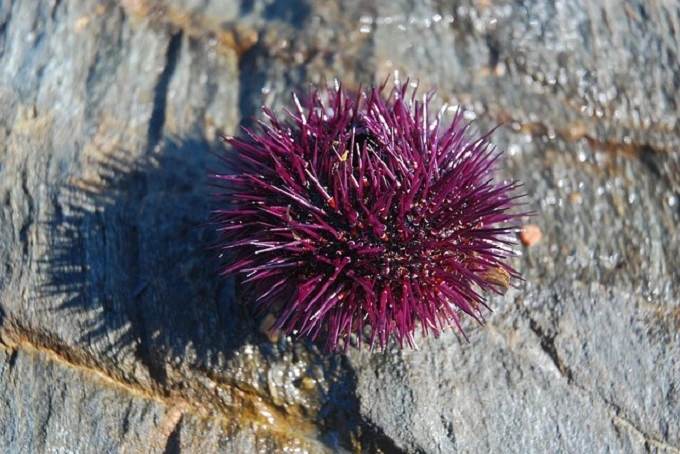
Sea urchins are one of the most beautiful and interesting sea animals. They come in various colors and shades: purples, reds, yellows, greens, purples, and even orange. There are also absolutely fantastic colors. The average sea urchin ranges in size from 3 to 10 centimeters in diameter. The largest known sea urchin species has a diameter of about 36 centimeters. They belong to the order of echinoderms.
Sea urchins are dangerous to humans
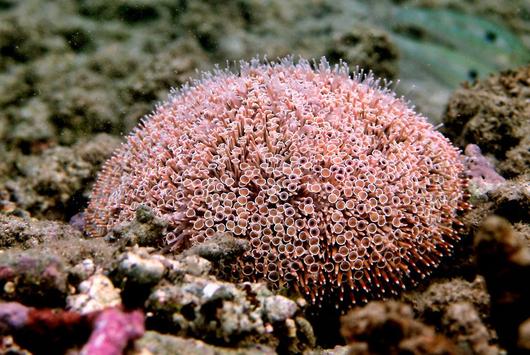
The flower sea hedgehog is especially dangerous for humans. It is usually found in the Indian and Western Pacific Oceans. The sea hedgehog got this name since its appearance looks like a beautiful flower. Unlike other sea urchins, the flower urchin has short and blunt spines, but this does not make it any less dangerous.
If you ever see a beautiful flower sea hedgehog underwater, you better run! Its poison is deadly and can kill a person. One component of the venom is a substance called Peditoxin, which can cause anaphylactic shock, seizures, and death.
If a person or animal steps on or touches any sea urchin, its thorns can pierce the flesh and, breaking, remain there, infecting and causing severe pain. In most cases, everything works out, but some people are allergic to the components of the poison. This is where things can end, sadly.
Interesting facts about sea urchins

- Modern science knows about the existence of about 950 species of sea urchins in the world. These animals are capable of living at depths of up to 5 kilometers. Most sea urchins are about 7 centimeters in diameter.
- Sea urchins have a distinctive appearance. They have a rigid, usually spherical body enclosed in a hard protective shell surrounded by spines. As larvae, sea urchins are bilaterally symmetrical, meaning you can split their bodies into two halves that mirror each other. However, as adults, they develop 5-fold symmetry, that is, you can divide their bodies into five parts, which again will mirror each other.
- Most sea urchins live in warm ocean water near coral reefs or algae on a rocky bottom. These beautiful balls have teeth made of calcium carbonate. Each tooth has its jaw located in a circle in the center of the body.
- Sea urchins are omnivorous. Their main food product is algae, be it phytoplankton or more complex forms of algae. However, they supplement their diet with meat, usually sea cucumber. They also hunt other animals such as starfish, sponges, various types of mollusks, and even worms.

- These echinoderms move with tubular legs – flexible limbs that quickly enter and exit the holes. Sea urchins use the internal pressure of their own body to make them move. As their legs begin to slide in and out, they push the rest of their body, causing the hedgehog to roll along the seabed. Since the tubular legs and spines of the sea urchin are very similar, it should be no surprise that people often confuse them. This creates the illusion that the sea urchin is using its thorns to move.
- Scientists call the mouth of the sea urchin the Lantern of Aristotle. This name was given in honor of the Greek philosopher and scientist Aristotle, who described the sea urchin’s mouth in his book “History of Animals.” In particular, he compared his mouth to a lantern with the glass removed. However, later it turned out that this was an incorrect translation of the works of Aristotle. Now scientists claim that Aristotle described the entire sea urchin and compared it with the lamps used in Greece. However, the term “Lantern of Aristotle” is still used by scientists to refer to the mouth of the sea urchin.
- Surprisingly, sea urchins do not like light and actively move away from its source. Scientists believe that evolutionary adaptation, when sea hedgehogs actively avoided predators, could lead to such behavior.
- Sea urchins can be susceptible to various diseases. Scientists are still wondering if disease outbreaks among sea urchins are natural or a side effect of human development. Scientists first became interested in this problem in the 1980s, when the first recorded mass sea urchin disease outbreak occurred.
- Sea urchins have many enemies. These include crabs, lobsters, otters, and various fish species that bypass the sea urchin’s defenses. Crabs and lobsters use their claws to break the sea hedgehog’s thorns before ripping it apart. Predatory fish bite off them, and otters use their claws and strength.
- Clownfish can become immune to the poison of the flower urchin. It briefly swims up to the sea hedgehog and rubs her body against it, allowing itself to be poisoned in small quantities. As it recovers, it develops a resistance to poison, and each time the clownfish rubs against the flower urchin longer and longer until the poison completely ceases to affect it.
- In Mediterranean cuisine, sea urchins are served raw or cooked with lemon. They are also served as part of the pasta sauce in Italian cuisine, listed on the menu as an ingredient called Ricci. Sea urchins are also a key ingredient in hollandaise sauce and mayonnaise used in fish dishes. Across the world, Chileans eat a raw sea urchin flavored with lemons, olive oil, and onions. The Japanese eat up to 50,000 tonnes of sea urchin, which they call “Uni,” every year, accounting for 80% of the world’s annual sea urchin catch.
- In addition to the sea hedgehogs themselves, their eggs are an expensive delicacy in Japan: a kilogram of eggs costs 40,000 yen or $360. Japan’s frenzied demand for sea urchins has even sparked protests from environmentalists.
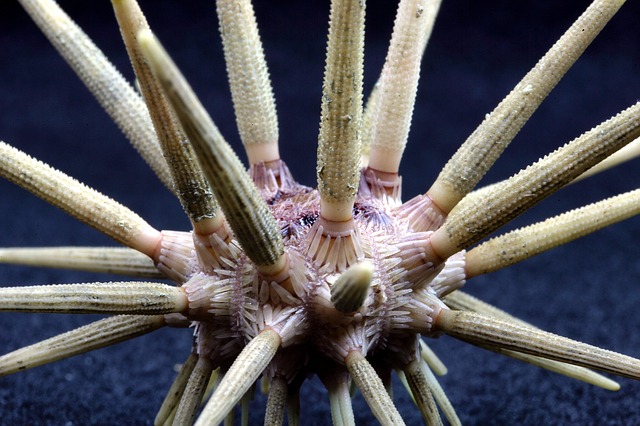
- Sea urchins are a good addition to your aquarium. The Slate Pencil sea urchin is especially popular with saltwater aquarium owners. These echinoderms feed on algae, making them the natural filters of the aquarium that help keep it clean. However, owners need to be careful, as not every aquarium fish can get along with a sea urchin.
- Although sea urchins are generally not threatened with extinction, their population in the Mediterranean has recently declined. Due to global warming, the water becomes too warm even for sea urchins, which, together with water pollution, negatively affects their reproduction.

